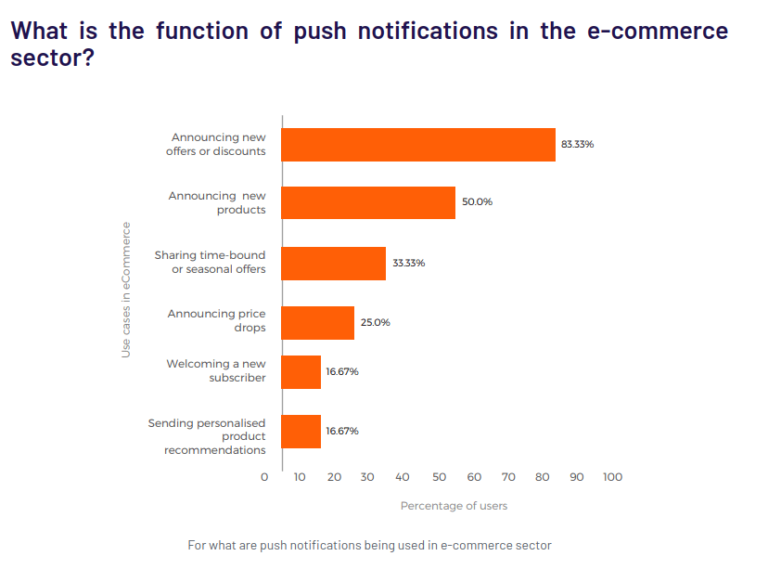
The day — November 8, 2016, will always be etched in the memory of millions of Indians. It was the day when a new word entered our vocabulary and our lives — demonetization. In a historic move, the government of India put an end to the Rs.500/- and Rs.1000/- notes in circulation.
Hailed as a bold move, demonetization was met with mixed reactions. Today, nearly one and a half years after this disruptive step, let’s take a look at the positive impacts of demonetization on the economy.
1. The Move Towards A Digital Economy
Table of Contents
India has always been a cash-based economy for eons. Post demonetization, nearly 86% of the total currency in circulation was nullified. This meant that people finally had the impetus to shift to digital payments.
In a country, where internet penetration now reaches even the remotest corners and the proliferation of Smartphones is at an all-time high, we were still using cash for a majority of our daily transactions. Post demonetization, this changed big time.
Digital payments witnessed an exponential growth up to 40–70% compared to 20–50% earlier. With further reforms from the government, today a vast majority of the Indian population, both urban and rural are using mobile apps and digital wallets to send and receive cash.
2. Black Money Reduced Significantly
Post demonetization, nearly 9.1 million new taxpayers have been added to the list, and the number of individual tax returns has reached an all-time high of 25.3%. More money entering the government coffers increases the availability of funds for various social and economic development projects.
Additionally, demonetization helped to identify individuals who have been evading taxes for years. Nearly 17.92 lac individuals have been reviewed by the tax department since their tax profiles and the cash deposits made after demonetization were way out of sync.
3. Significant Boost To Financial Institutions
Post demonetization, banks, and other financial institutions have seen a substantial increase in deposits. Nearly, 30 Crore families opened bank accounts for the first time using the Jan Dhan scheme, and zero-balance deposits reduced from a massive 77% to 20% post-demonetization.
All the excess cash in circulation has made its way into official channels. This meant that the interest rate cuts by the central government could be passed on to the borrowers.
This means you can now avail business development loans and other financial products at affordable rates.
4. Deathblow To Shell Companies And Hawala Transactions
Post demonetization, the government has shut down nearly 3 lac shell companies, which were siphoning black money. This number was mentioned by our Honorable Prime Minister, Mr. Narendra Modi in his speech on Independence Day.
5. Massive Shift In Investment Habits
For years, the primary method of savings for Indians was to stockpile cash notes at home or use bank fixed deposits. Post demonetization, millions of investors are looking for alternative investment choices. This has led to the massive spike in the popularity of equities and mutual funds.
Also Read: Factors That Contributed To The Development Of NBFCs In India
Retail investors are gradually moving away from low-return investments like fixed deposits to high-yield options like mutual funds. Similarly, real estate has become streamlined and reduced cash-based investments significantly.
Additionally, life insurance premium collection has gone up to 113% post demonetization.
Final Thoughts
There’s no arguing the fact that demonetization is a reform of huge magnitude. And, it’s bound to have challenges on the way. But, it pays to be prudent and take a look at its outcomes on the economy in the long run. And, that has been hugely positive and boosted business growth in all sectors.
Apply For Business Loans In India Without Security






